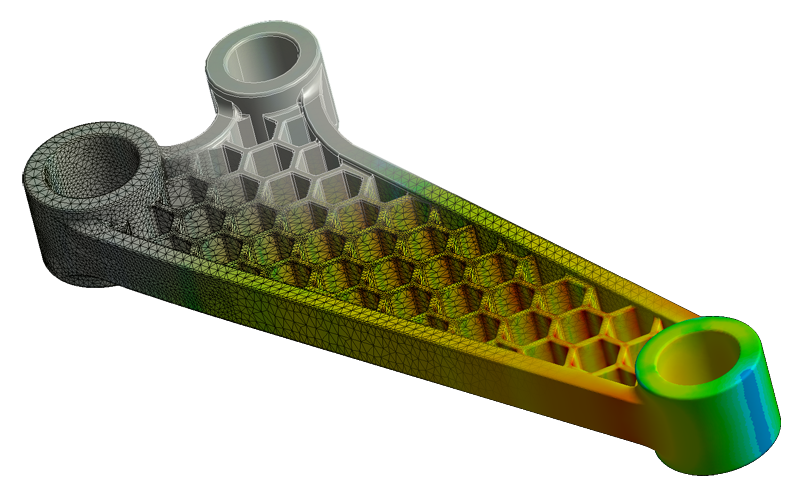Cademix Institute of Technology, Vienna, Austria | +43 650 967 7080 | info@cademix.org


Cademix Institute of Technology
Job seekers Portal for Career Acceleration, Continuing Education, European Job Market
People also visited:
Why "I Hire Optometry" Won't Get You the Job: Effective Job Search Tips for Optometrists
Redefining the New German Experts: From Lifelong Specialization to Cross-Functional Skills
Success Story: Jackie Genbo Chen
Monthly Contact Lenses: Balancing Convenience and Vision Health
Career Development Stages
The Death of Fact-Checking? How Major Platforms are Redefining Truth in the Digital Age
Comprehensive Guide to Curriculum Vitae Format Word: How to Create, Customize, and Use Professional ...
Difficulties of Voluntarily Rescuing Stray Dogs in Iran
Facade Integration of Photovoltaic Modules: Design and Efficiency
Rural Entrepreneurship
3D rendering in the construction industry
Workplace Probationary Period in Europe: 2024 Update Guide for International Job Seekers
Skalierbarkeit von SEO-Strategien in Online-Plattformen
Freiberuflicher Architektenjob, Design und Geld verdienen
Comprehensive Guide to Good Resume Templates: How to Choose and Use Them Effectively
Career Development Plan during Covid-19
Rules to help you prepare for your next Zoom or Skype interview
Powerful Methods for Multi-Device Success With UX Design
Comprehensive Guide to Developing Interview Skills: How to Prepare and Succeed in Job Interviews
The Psychology of Engagement: Why People Interact with Digital Content and How to Leverage It
Career Guidance Essentials for International Students and Graduates
German Bildungsgutschein Vouchers: Opportunities for International Weiterbildung and Continuing Educ...
Acuvue Oasys for Astigmatism Daily: A Comprehensive Overview
Comprehensive Guide to CV Format Free: How to Create, Customize, and Use Free CV Templates for Job A...
People also visited:
HR Agile Management - Agile Project Management in Human Resource
Scalability of SEO Strategies in Online Platforms
Success Story: Narendra Singh
Powerful Methods for Multi-Device Success With UX Design
Post-Event Evaluation: Why It Matters and How to Do It Right
Optometry Jobs and Career Opportunities for 2024: A Comprehensive Guide
Global Impact of Plastics and Its Recycling
Why "I Hire Optometry" Won't Get You the Job: Effective Job Search Tips for Optometrists
1-Day Acuvue Moist Multifocal: Convenience and Clear Vision for Presbyopia
Applications of Heterogeneous Catalysis in Industry
Redefining the New German Experts: From Lifelong Specialization to Cross-Functional Skills
German Bildungsgutschein Vouchers: Opportunities for International Weiterbildung and Continuing Educ...
Nursing Ausbildung vs. University Pathway in Germany: Choosing the Right Route
Mastering Event Management: Key Skills Every Planner Should Have
Prescription Contacts: Choosing the Best Options in Europe
The ABCs of Rental Inquiries in Germany and Austria: Effective Communication Tactics with Landlords
Spare Parts Management in Refinery
Comparative Analysis of Material Platforms for Integrated Quantum Photonic Circuits: Silicon Photoni...
Optimizing SEO for Multilingual Websites: A Comprehensive Guide
Role of Augmented Reality in the Future of Design
Mastering Job Interviews: Insights from Top Coaching Services
Bridging Academia and Industry: Why Current Education Models Fall Short
The Psychology of Engagement: Why People Interact with Digital Content and How to Leverage It
A Game Theory Model of Opportunism Behavior in Auctions

